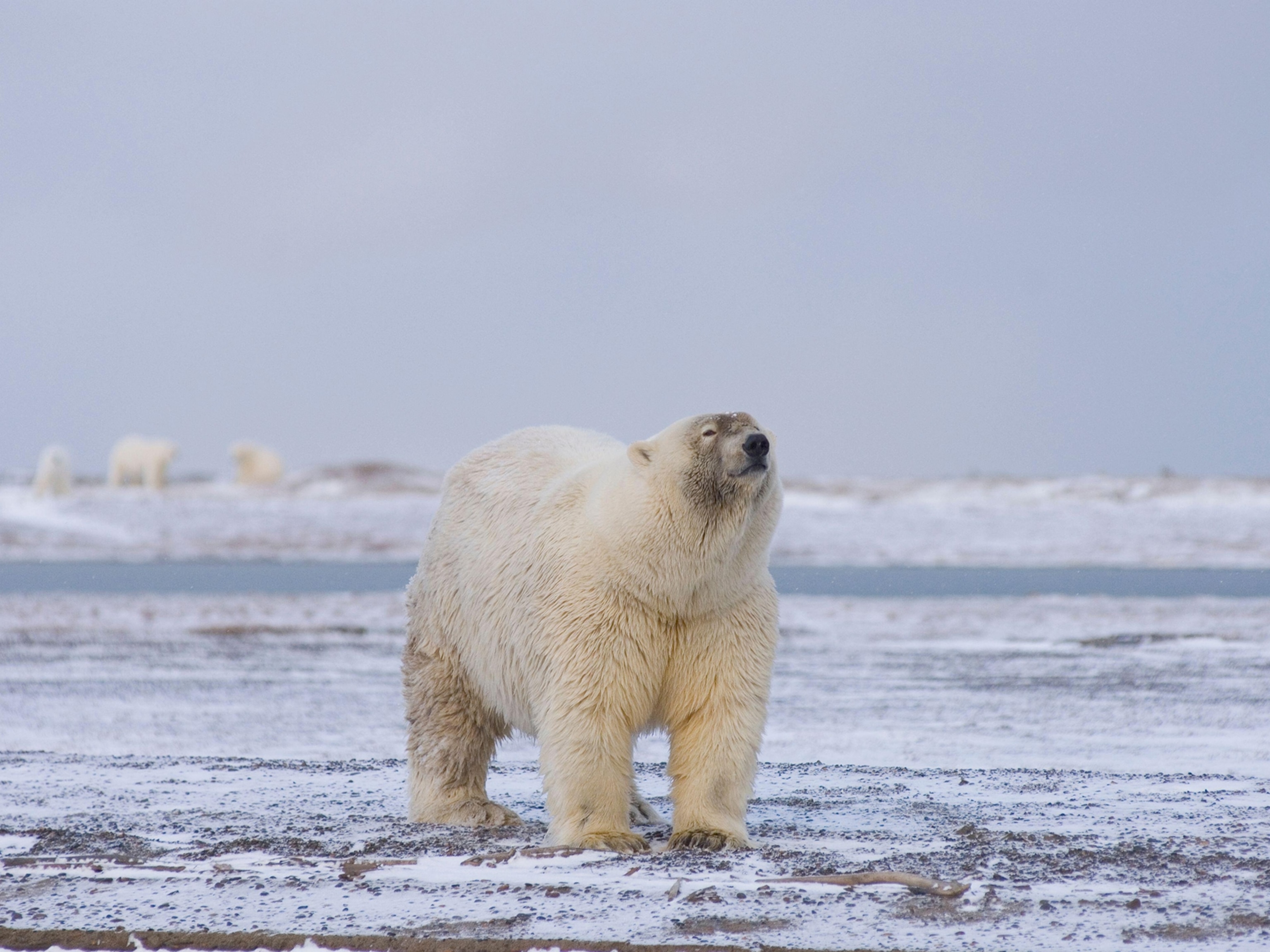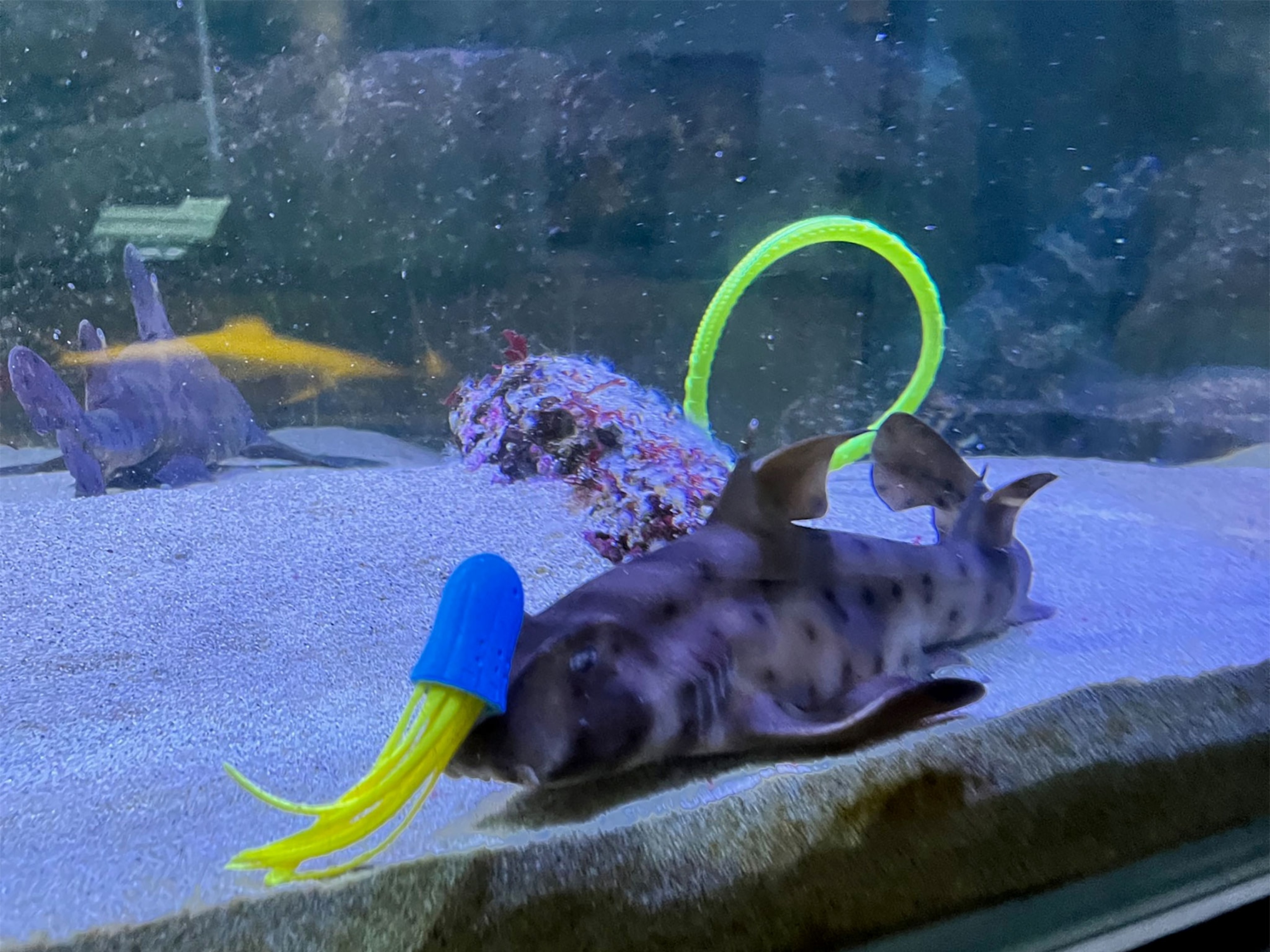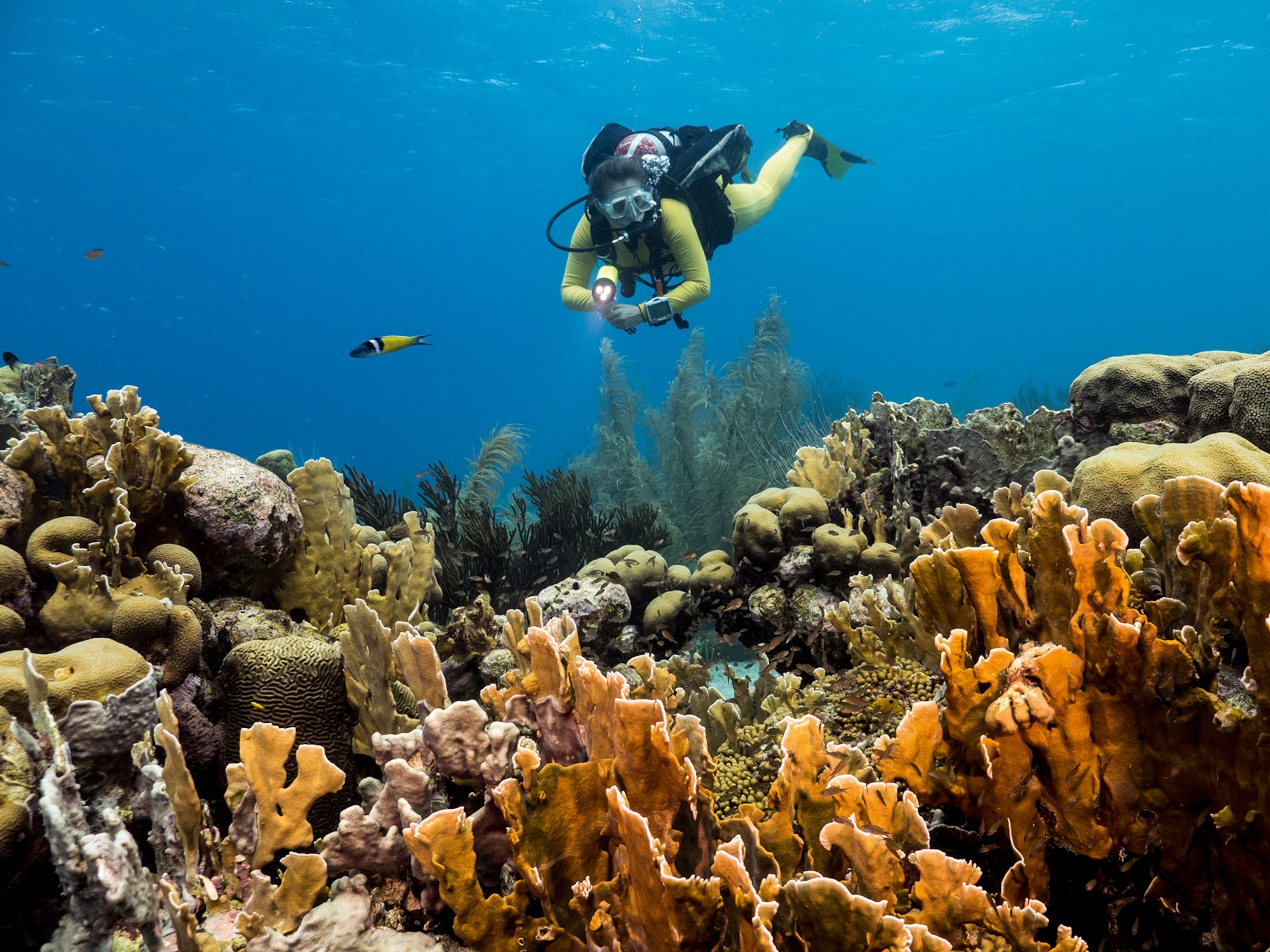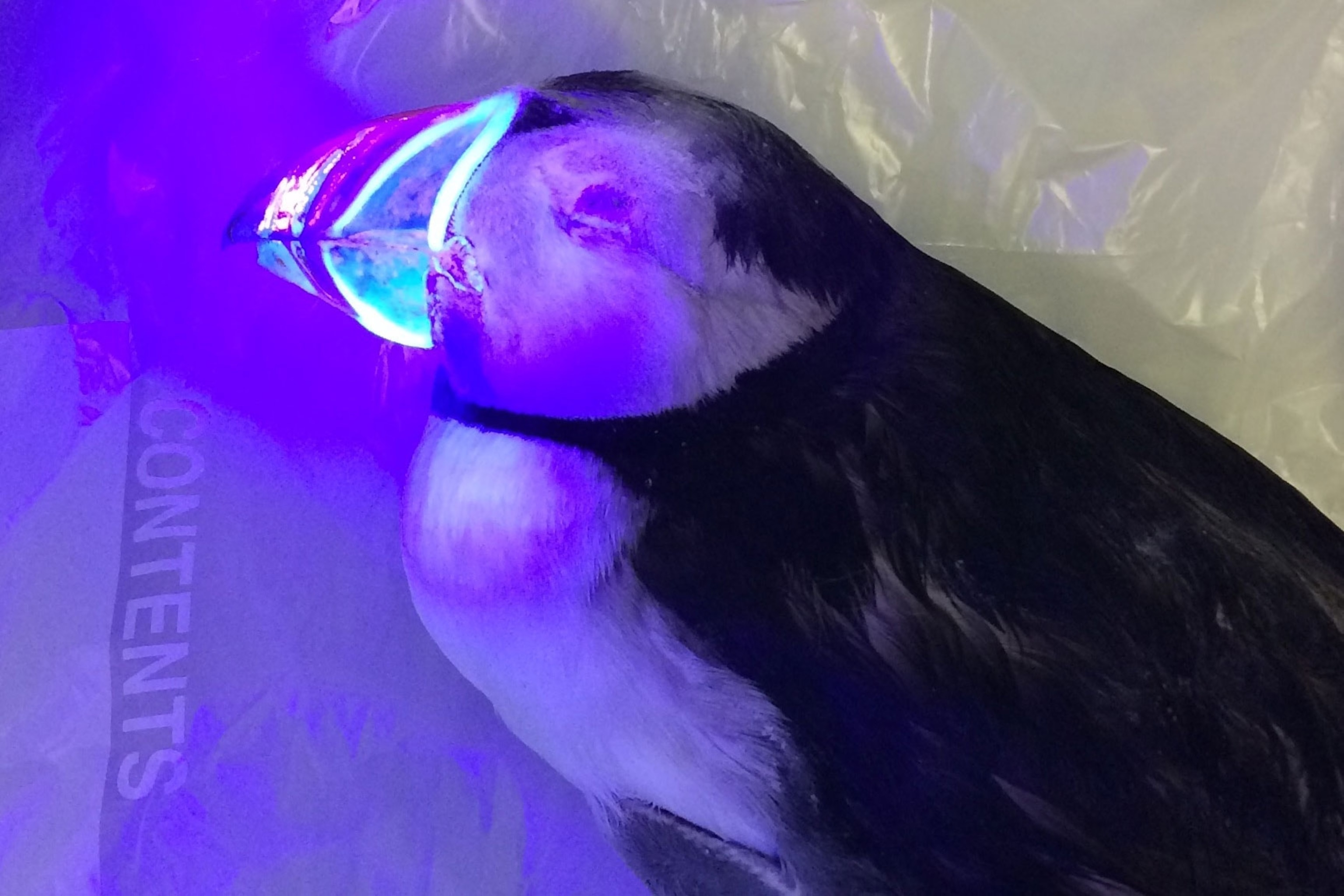
Puffin Beaks Glow in Surprising Discovery
The bird is the latest of many species discovered to be bioluminescent in recent years.
As soon as Jamie Dunning flipped on the black light in his lab, the Atlantic puffin's beak lit up like a neon Christmas tree.
The University of Nottingham research student was studying the dead animal as part of his work on bird genetics when he remembered something a colleague had told him: Crested auklet feathers glow when viewed under a UV light.
Since puffins are closely related to auklets, Dunning's curiosity was piqued—and sure enough, his specimen's beak glowed orange.
“I was so excited," Dunning says. "It was completely undocumented." (See pictures of other animals that glow.)
Biofluorescent animals reflect the blue light hitting a surface and re-emit it as a different color—the most common being green, red, or orange. That's different from bioluminescence, in which animals either produce their own light through a series of chemical reactions, or host other organisms that give off light.
The puffin is the latest addition to more than 180 known species—many of them sharks, corals, and other marine animals—that emit a luminous glow.
The fact that so many marine animals biofluoresce "tells us organisms are using light in ways we don't even see," John Sparks, curator of fishes at the American Museum of Natural History in New York City, said in a previous interview.
Puffin Sunglasses
Dunning immediately set about writing up his discovery for publication, and his paper landed on the desk of Tony Diamond, an ornithologist at the University of New Brunswick in Canada.
Diamond had observed this phenomenon in puffins several years before, but hadn't thought to write it up. So he asked Dunning if he could add his older data to the new findings; the combined results from two deceased puffins (one from the U.K. and one from Canada) are under review at a scientific journal and have yet to be formally published.
Beaks on both puffins studied had the same orange glow. (See through a shark's eyes how they glow in the deep.)
The team now wants to determine whether the phenomenon occurs in living puffins. However, they can't just put random live puffins under a UV light, because it might damage their eyes.
So Dunning called up experts at Goldsmiths, University of London to request an object that would protect the birds' eyes.
"I couldn't believe I was ringing them up to ask for puffin sunglasses," Dunning quips.
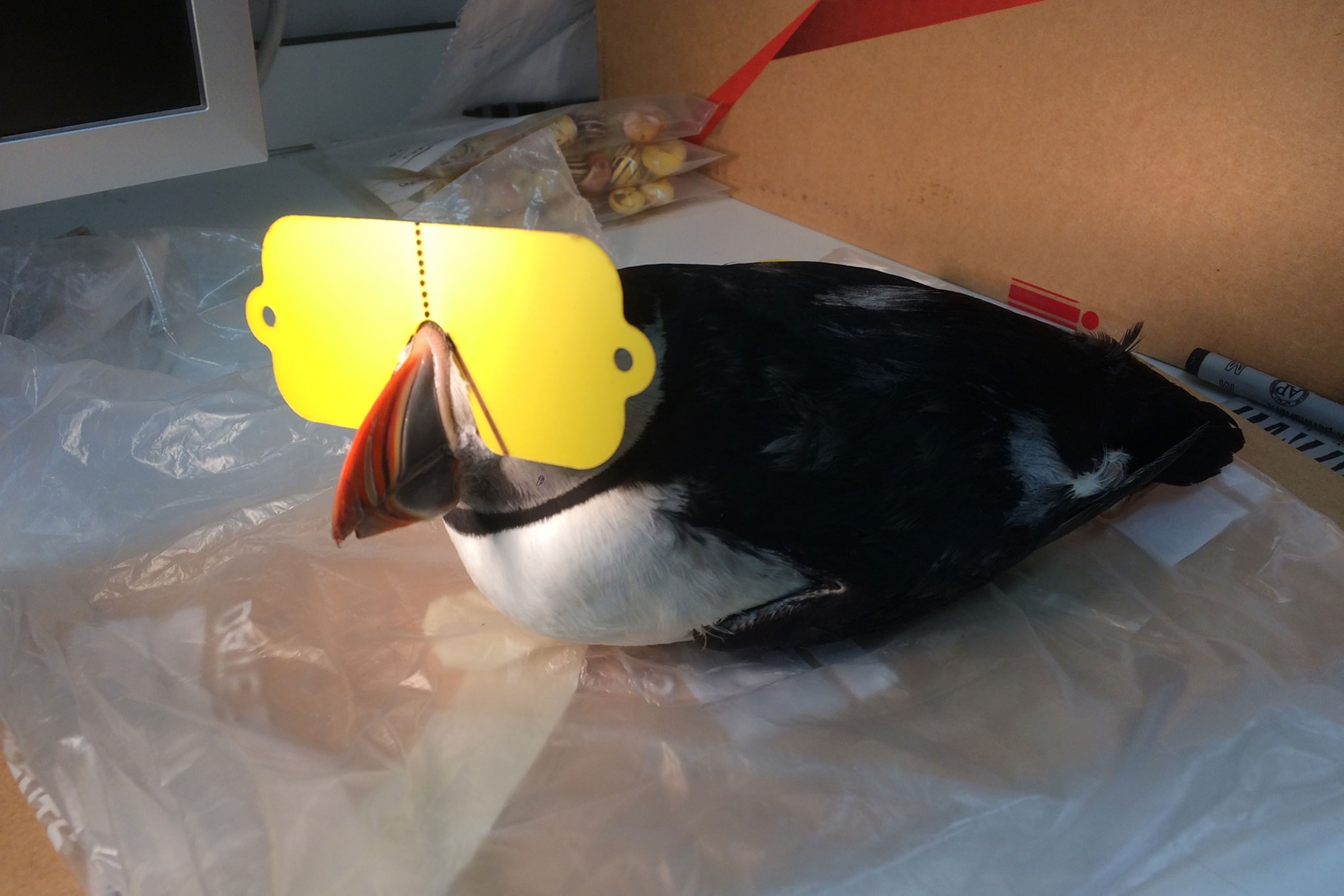
The Goldsmiths team is now hard at work to design and produce a set of flexible yellow glasses for Dunning to take into the field this summer. Until then, it's unknown why the birds' beaks glow orange.
Fish-Eye View
People don't really think about the importance of light in the ocean, only a small portion of which is sunlit, Sparks notes. (Read more about luminous life in the magazine.)
In such a dim environment, animals rely on other ways of generating light to communicate with each other.
"It's a hidden world that we're just now beginning to tune into," David Gruber, a marine molecular biologist at City University of New York and National Geographic explorer, said in an earlier interview.
His research group has begun using a hyperspectral camera to try and capture the underwater world through the eyes of its inhabitants.










